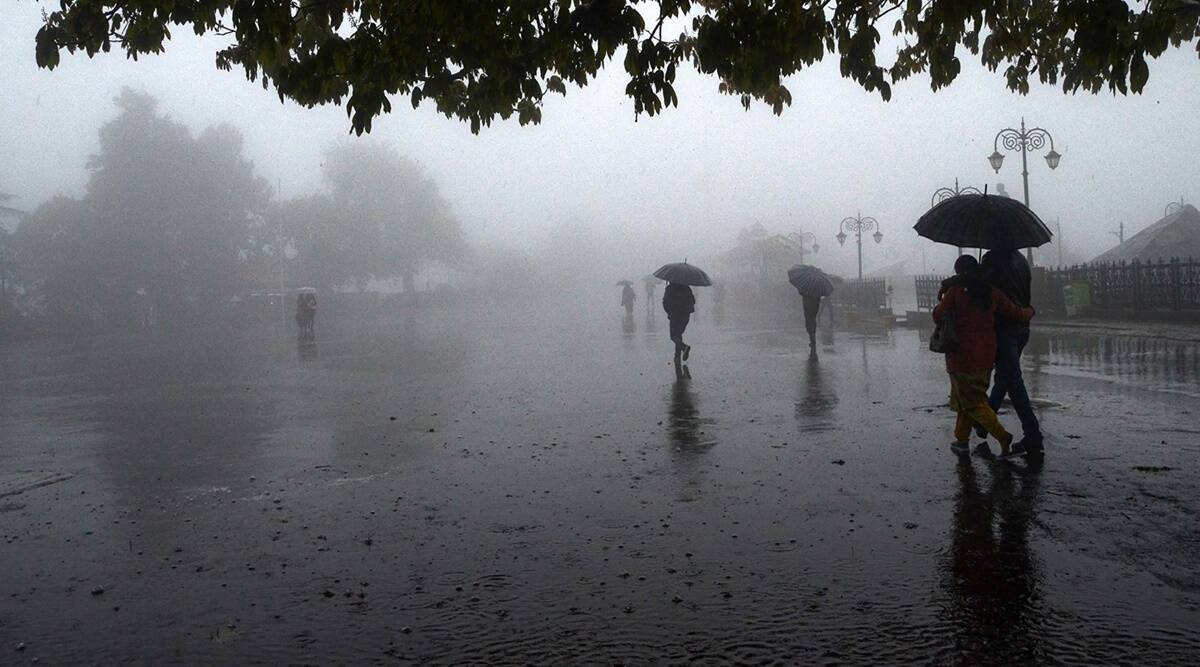
A western disturbance is an extratropical cyclone that originates in the Mediterranean region and provides heavy winter rain to the Indian subcontinent's northern regions. A Western Disturbance is defined by Dr. RM Saxena, a professional meteorologist at Skymet Weather as "a low-pressure depression or trough over the surface or upper-air in the westerly winds regime north of 20 degrees north, causing pressure, wind pattern, and temperature fields to fluctuate. Cloudiness, with or without precipitation, is present."
Western Disturbances are extra-tropical cyclones that originate in the Caspian Sea or the Mediterranean Sea, according to Skymet, a private Indian agency. Low pressure usually forms over the Mediterranean Sea and moves across Iran, Iraq, Afghanistan, and Pakistan before arriving in India, where it is filled with moisture.
These moisture-laden western disturbances finally collide with the Himalayas and become blocked; as a result, moisture is trapped, and precipitation is distributed across Northwest India and occasionally other portions of North India in the form of snow and rain.
During the winter season, an average of 4-5 western disturbances emerge, and the rainfall distribution and volume vary with each western disturbance. The term 'Western' alludes to the direction they came from in India. Because the air in low-pressure systems is unstable or disturbed, the term "disturbance" is used. It was coined by Indian meteorologists to describe systems moving from west to east.
The Western Disturbances do not always indicate favorable weather. Extreme weather events such as floods, flash floods, landslides, dust storms, hail storms, and cold waves can sometimes arise, killing people, destroying infrastructure, and disrupting livelihoods.
How do Western Disturbances Affect Weather?
Most winter and pre-monsoon season rainfall in North-West India is due to Western Disturbances. Cloudy skies, warmer night temperatures, and unexpected rain are frequently linked with this event. Western disturbances are thought to account for around 5-10% of India's total yearly rainfall.
In the winter, western winds bring moderate to heavy rain to low-lying areas and heavy snow to the Indian subcontinent's mountainous regions.
India is a rain-dependent country, and while the southwest monsoon covers much of the country, it misses regions of North India. During the winter months of November to March, these areas rely on snow and rain from western disturbances.
Rain during the winter season is critical in agriculture, especially for rabi crops such as wheat, one of India's most important crops. After the winter, they begin to deteriorate. They move over North India during the summer months of April and May, perhaps helping in the activation of the monsoon in specific parts of northwest India.
Western disturbances can cause dense clouding and heavy precipitation during the monsoon season. Crop failure and water shortages are linked to weak western disturbances in north India. Residents, farmers, and governments can benefit from strong western disturbances as it helps with water scarcity. Weather conditions are affected by western disturbances during the winter season up to Patna (Bihar), and there is occasional rainfall, which is favorable to the standing rabi crops (wheat, barley, mustard, gram, lentil, etc.).











